Ny Tanintsika’s HAVANA project (HArovana ny VArika fa NAmantsika) or ‘Community-based action for sustainable lemur conservation in the COFAV’, supported by IUCN Save Our Species aims to reduce poaching, trade and consumption of lemurs in this protected area of rainforest, and to protect lemur habitat via the stabilisation of forest cover. It focuses on the three main forest footpaths that cut across the forest from Ambohimahamasina in the west to the eastern Ikongo district, which are important trading routes. In-migration to the forest along these paths has been accelerating; people seeking to conquer new lands particularly for rice-farming. And, along with in-migration, came an increase in hunting lemurs for meat.
The sale of lemur meat snacks along these footpaths used to be prevalent, particularly Milne-Edwards Sifaka (EN), Red-bellied lemurs (VU) and Red-fronted Brown lemurs (NT). Investigations in December 2018 found that, over a 4-week period, at least 25 lemurs from 7 species were sold as snacks. Cultural taboos preventing lemur poaching and consumption amongst the Betsileo people to the west of the forest had been eroded, with a lack of law enforcement.
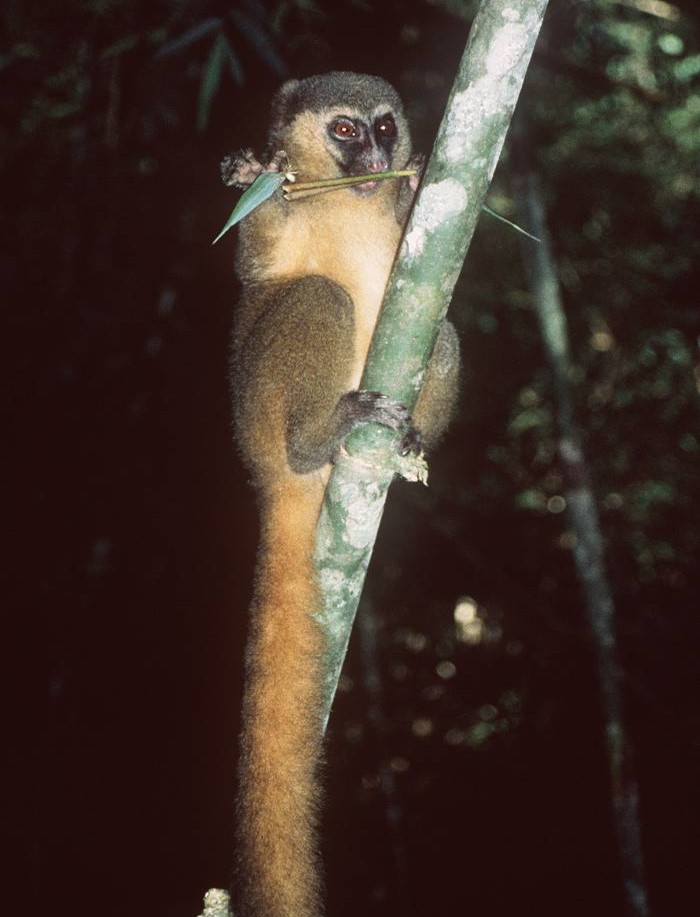
However, since the start of the HAVANA project, and the training of 90 forest inhabitants and 24 young people from the east and west of the forest as lemur monitors, a dramatic change is evident. A variety of awareness-raising activities have been undertaken by project technicians and these community agents, including monthly forest expeditions by young people equipped with smartphones to record data on lemur sightings and forest threats, environmental education in schools located in and near the forest, lemur festivals and the use of communication tools including film showings and high visibility signs in the forest, As a result, it is now impossible to find lemur meat snacks on sale. Instead bread-balls, fried fish, beans, green peppers, chicken and crayfish have replaced these, and food stalls have posted laminated signs declaring themselves ‘friends of lemurs’.
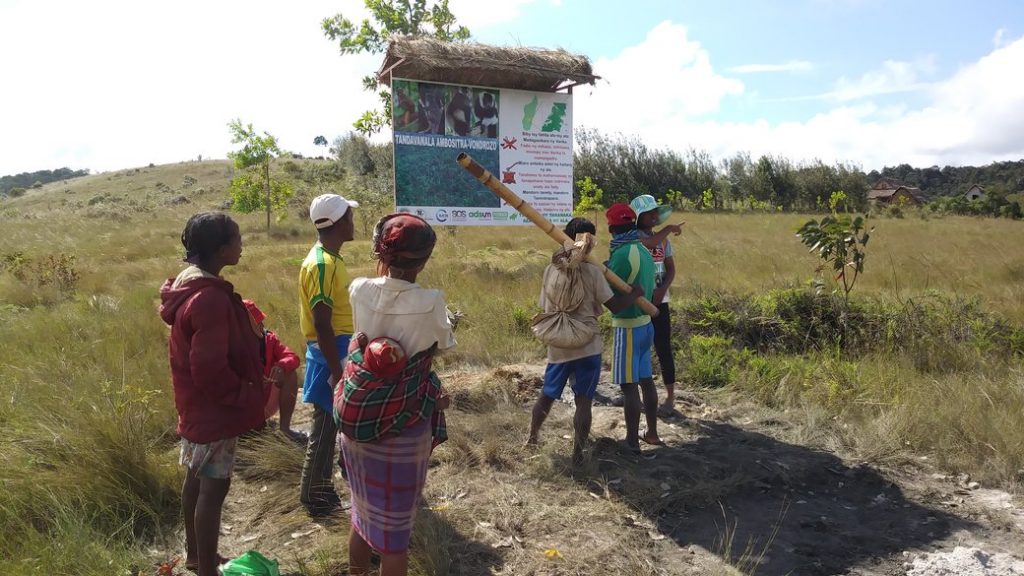
The project is benefiting local people via training forest communities in sustainable livelihoods including agroforestry techniques, and alternative sources of protein such as small-scale fish-farming and chicken rearing. This to improve food security and also household income. Communities have been enthusiastically participating with the restoration of degraded forest areas, with three tree nurseries operational to produce endemic tree species. 15,824 saplings have been planted in the last tree-planting period. Project results, particularly regarding lemur sightings during forest expeditions, will be exhibited on a permanent on-going basis at the Ambohimahamasina Youth Centre, via posters produced by the young lemur monitors. The launch of this exhibition is currently underway, publicity boosted via radio shows and market-day animations. The aim being to increase awareness and pride amongst local people of their natural environment, as well knowledge on forest legislation, so that they become ambassadors for forest and lemur conservation. So far 9 lemur species have been identified by local lemur monitors: Hapalemur aureus, Hapalemurgriseus spp gilberti, Propithecus edwardsi, Varecia variegate editorum, Eulemur rubriventer, Eulemur rififrons, Avahipeyrierasi, Cheirogalus major and Microcebusrufus.
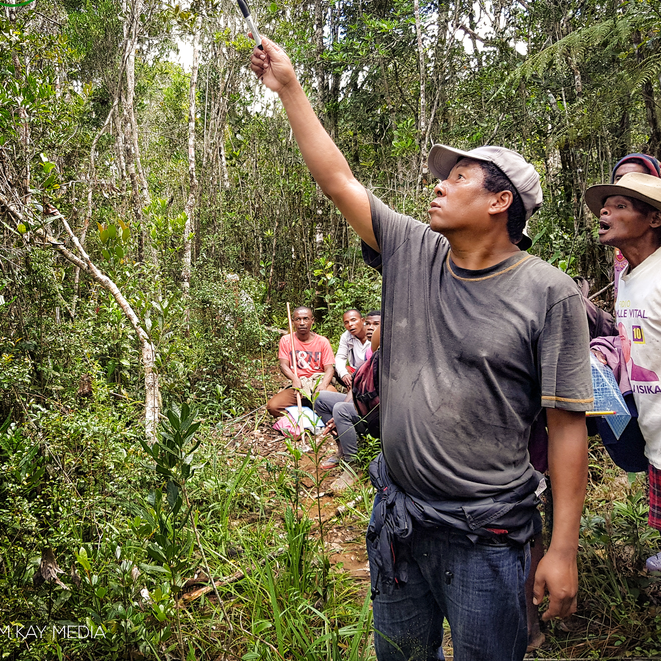
This project is by funded by IUCN Save Our Species. The contents of this article are the sole responsibility of Ny Tanintsika and do not necessarily reflect the views of IUCN.
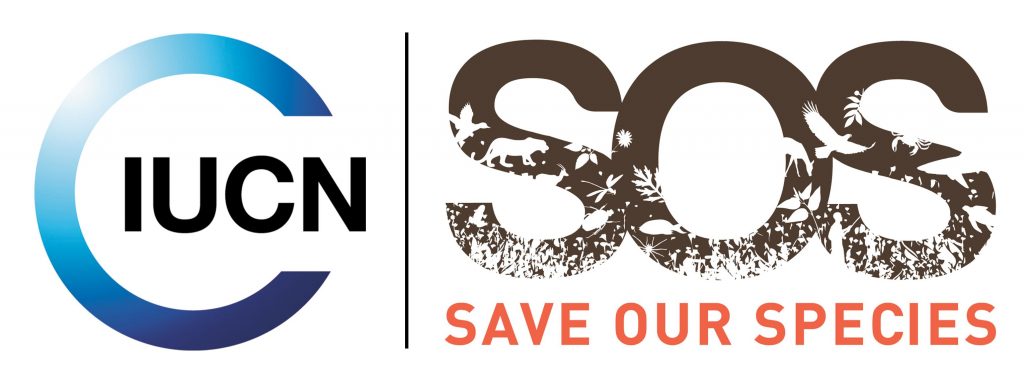




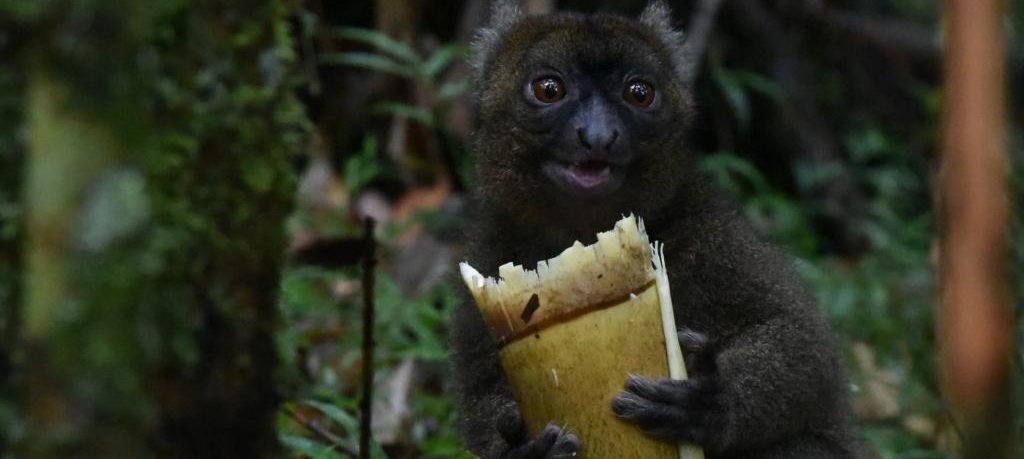


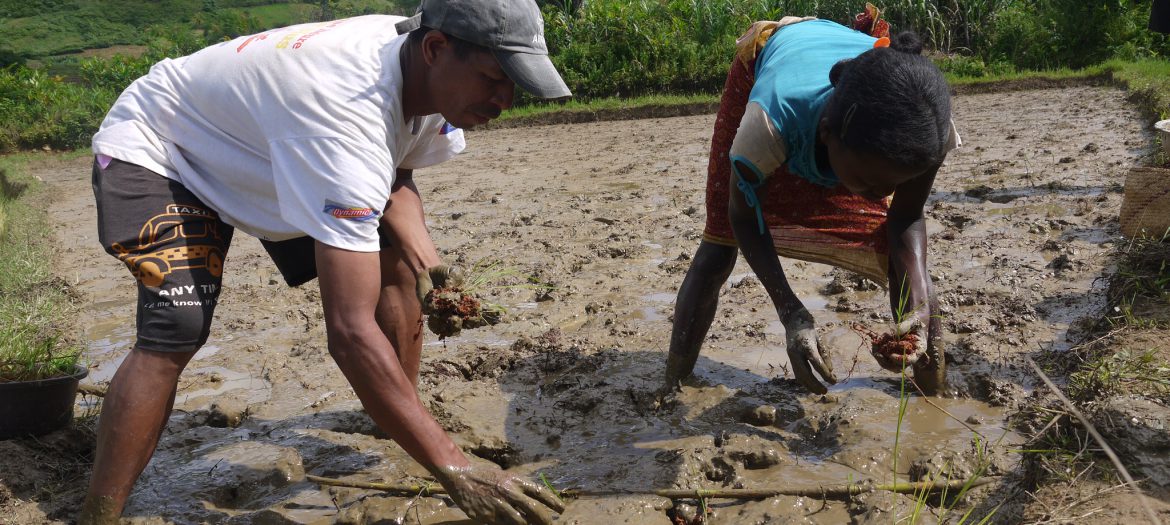
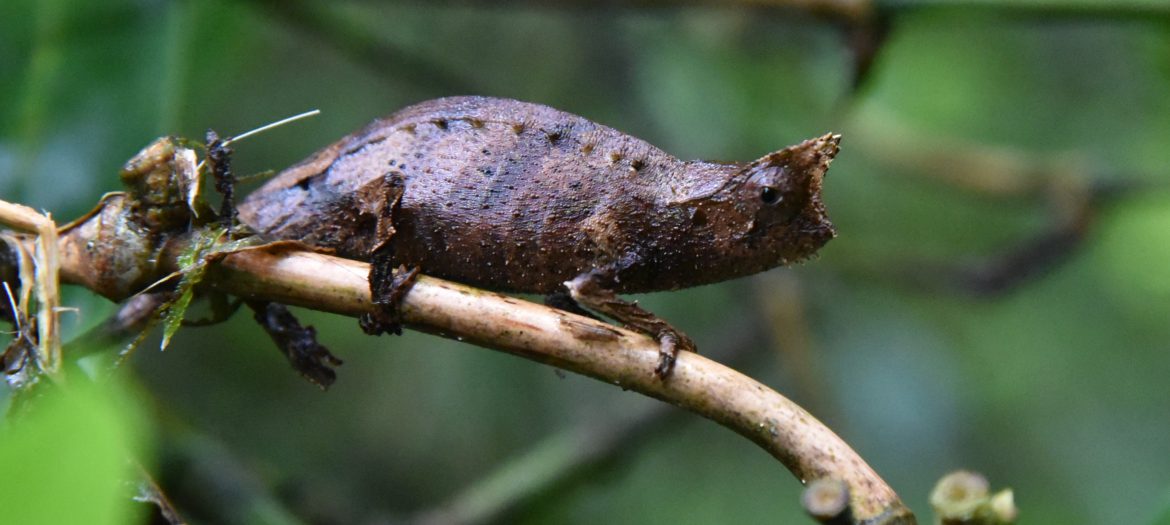
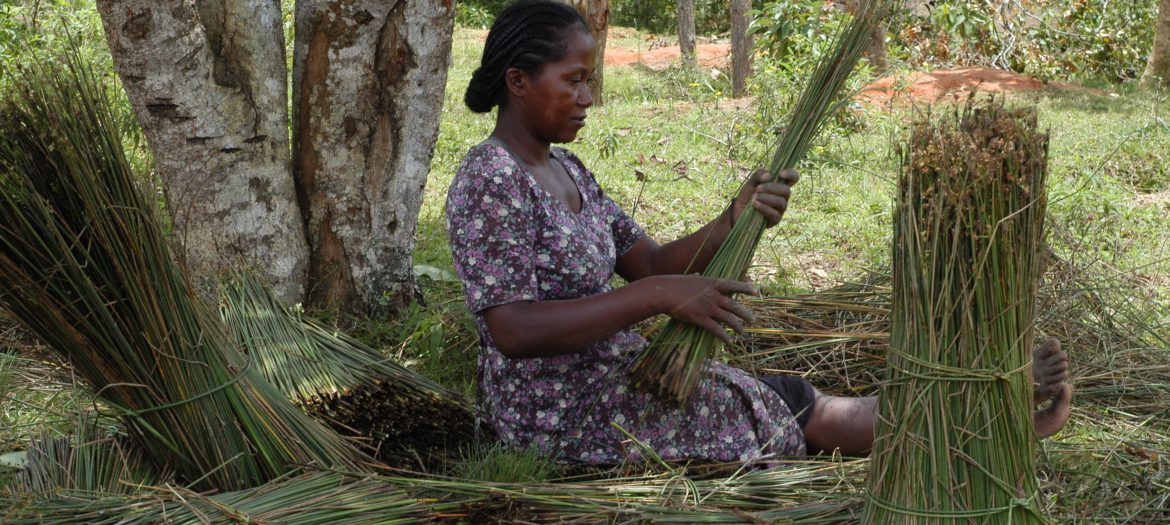
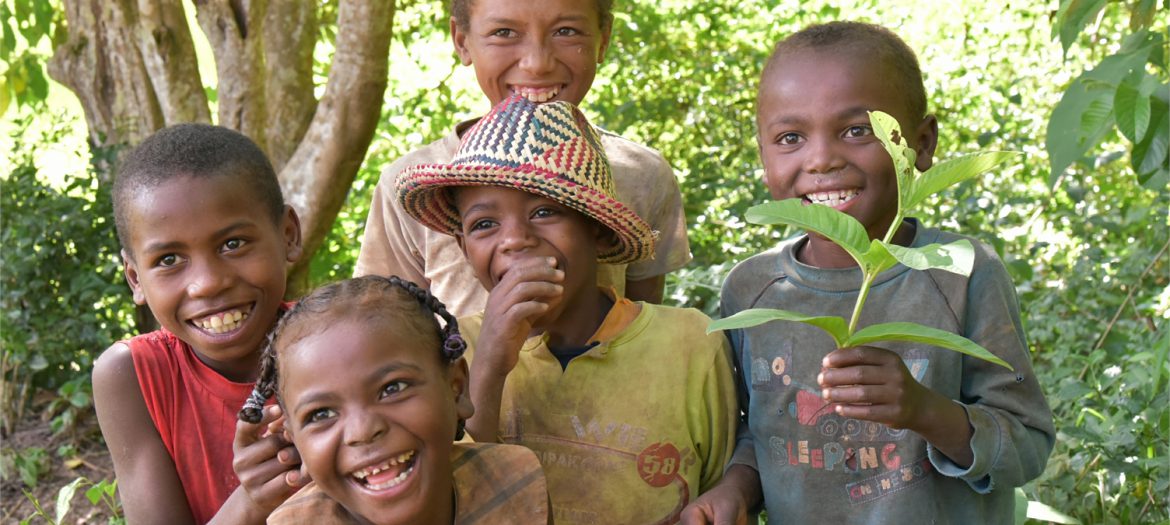
Laisser un commentaire